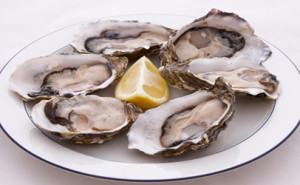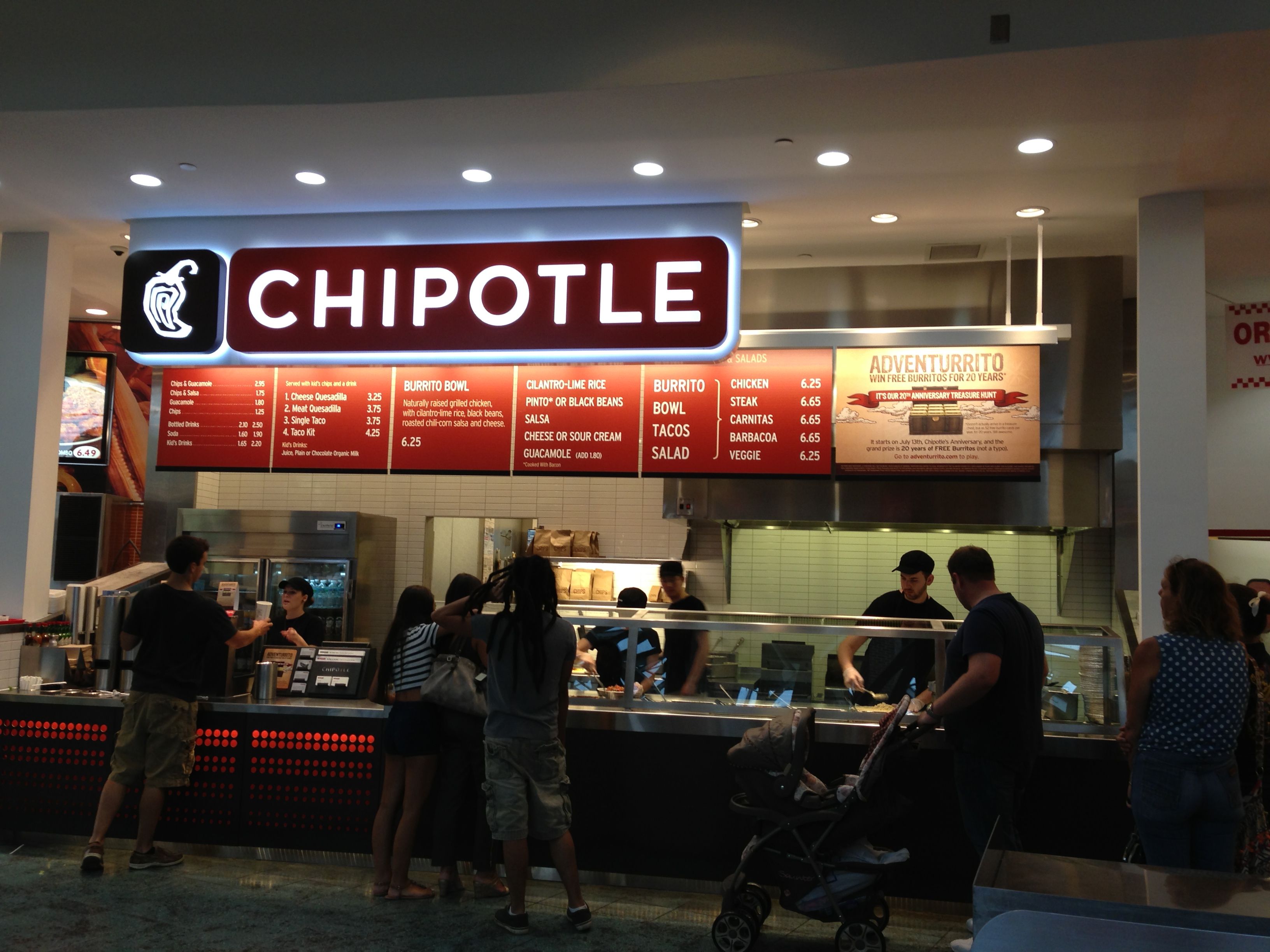Food Safety Talk, a bi-weekly podcast for food safety nerds, by food safety nerds. The podcast is hosted by Ben Chapman and barfblog contributor Don Schaffner, Extension Specialist in Food Science and Professor at Rutgers University. Every two weeks or so, Ben and Don get together virtually and talk for about an hour. They talk about what’s on their minds or in the news regarding food safety, and popular culture. They strive to be relevant, funny and informative — sometimes they succeed. You can download the audio recordings right from the website, or subscribe using iTunes.
Ben and Don host a special guest, Dan Benjamin, podcasting pioneer and founder of 5by5, the inspiration for Food Safety Talk. After sharing what they were eating (because that makes for a good podcast) and Ben and Don tell the Food Safety Talk origin story about Episode Zero as part of the IAFP 100 year anniversary StoryCorps project. The guys talk with Dan about the podcast content niche, who the community of listeners are (both inside and outside the food safety world).
The conversation moves into how Don is food safety expert to the podcasting stars and the guys talk about some of the risk assessment questions Dan and Haddie text Don that usually start with ‘Can she eat this?’
The discussion goes into kids getting sick, spurred by Dan’s children coming home with gastro illnesses. Don and Ben each have stories about taking care of vomiting children. The guys talk about Immunity, resistance and probabilities of feces being positive, transfer and introduction into the body. Don describes how risk modeling calculations work taking all the factors into account. Dan tells an analogous story about immunity and his grandfather’s metallurgy job. The guys use a hypothetical situation of a child projectile vomiting into someones mouth to help explain acquired immunity and vaccinations. Dan’s child illness discussion pushes the guys into CDC’s Infection control guidelines and restaurant food handlers and glove use. Dan tells a detailed story of his son’s vomiting event which includes norovirus, rotavirus, oatmeal, sink disposal, aerosolization, infection control, clean-up and incubation. A norovirus outbreak at Chipotle becomes a topic and the guys talk about brand impacts of an outbreak.
The hygiene hypothesis makes an appearance as does brain eating amoebas.
Dan describes Ben as the jerky police which goes back to an interview Ben did on 5by5 where they talked about risks associated with drying beef without heat treating. Dan gives hints on his super special recipe. The guys talk dehydrating manufacturers instructions(which may or may not be validated), water activity, Shigatoxin-producing E. coil and marinades. Don and Ben come up with a plan for a jerky how-to podcast and website fusing some of the validation studies (including one from our friends Harrison and Harrison).










